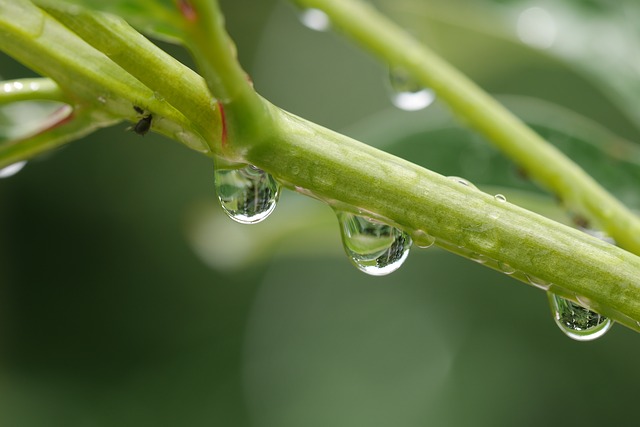6 Tips When The Rain Just Won’t Go Away

In the right amounts rain is a blessing to the home gardener, but excessive amounts of rain can cause major damage, including plant diseases, soil erosion and flooding. If you are experiencing an over-abundance of rain, you know it can be a challenge keeping your garden in good condition. After all, it’s not like you can really run outside and put a giant umbrella over your entire garden every time it rains.
There are a few things that you can do that may help:
1. Look for Flooding
Amid heavy rains, any ranges that are not draining appropriately should be easy to spot. If plants are permitted to remain in water for any period of time it can prompt root spoil. In the event that you do see zones that are inclined to flooding, find ways to drain water away from your garden. This can be done using rock beds or even using plastic water drains.
2. Look at Plants
Heavy rains and thunderstorms can cause plant harm, and extended periods of wet weather can lead to plant diseases such as powdery mildew. After a severe storm, check your plants for damage. If only a few leaves have been damaged, you can remove them, or if a plant has been bent over from the force of the rain, you may be able to stake it back up. Unfortunately, it the main stem has snapped, it is likely that the plant is a loss.
If wet weather has been persisting, it can lead to plant diseases caused by fungi or bacteria. These should be treated as soon as they are discovered. Also, remember to check the base of the plants to see if soil erosion has exposed any roots. If it has, you should cover them with soil or compost. Left exposed, the roots can dry out, which can seriously harm or even kill the plant.
3. Renew Nutrients
Rain and flooding can divert truly necessary supplements from your vegetable plants. After extreme storms, it is a smart thought to supplant those supplements by including compost or an organic fertilizer to your soil.
4. Tread Lightly
If the soil has turned out to be waterlogged, strolling on it can aggravate it, as the dirt moves toward becoming compacted. Avoid walking on very wet soil as there is a chance that doing so could damage the roots of your plants.
5. Don’t Forget Weeds, Water and Slugs
A few weeds can turn out to be extremely productive amid rainy climate and can choke out your vegetables. Turn over – or even better, totally evacuate – any compartments, wheelbarrows, and so on., that can gather rain water, as these can quickly become breeding grounds for mosquitoes and other pests. What’s more, make sure to be careful against slugs who cherish soggy spots to cover up while they crunch away on your lettuce.
6. Take advantage of It
Finally, if you are living in a part of the country that has had more than its fair share of rain this year, take advantage of the positives and make the most of it. The rain and cold this year has had a few benefits. The rain can bring much longer growing season for the cool weather crops such as snow peas, zucchini, lettuce and kale.
And weeds are at least easier to pull from the damp soil.
Source: www.offthegridnews.com


